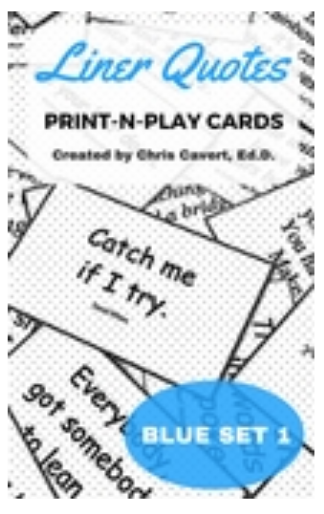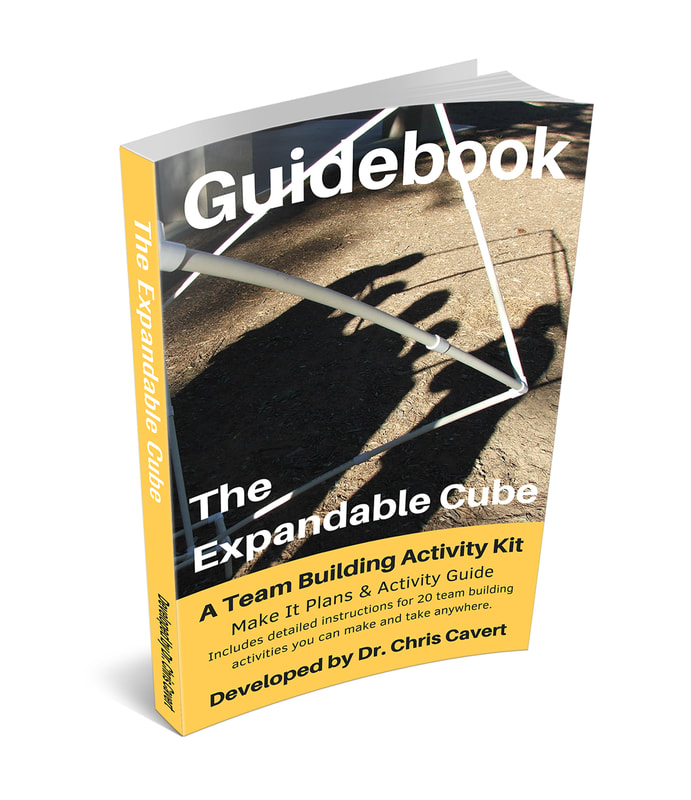
Basically, when playing 60 in 60, your large group is split into smaller groups of 4 to 10 players. Each small group has an inflated beach ball (or, any other safe tossable object).
A long line (e.g., Activity Rope), is laid down. Each small group divides its players in half (you know what I mean) - each half on opposite sides of the line. When the activity starts, each small group is trying to gain as many points as possible in 60 seconds. They gain a point when a player in the group catches the beach ball after it is thrown across (not HIT across like in volleyball), the line by a player opposite them. After throwing the beach ball this player crosses over the line and joins the other side.
The throws and catches continue for 60 seconds. After "TIME" is called, all group scores are shared and then added together for the TOTAL GROUP SCORE.
The hope is that small groups will notice what other small groups are getting the most points and inquire (collaborate) as to how it's being done so that the TOTAL GROUP SCORE can (might) go up. Over the years I've found this to be a pretty good collaborative possibilities activity. However, I have observed groups only work their way into two major solutions for 60 in 60 - then it's just "going faster" with either one.
HOOPER
Recently I added a hula hoop to the activity to see how it would change. Hooper was born. Since using the hoop I have seen over a half-dozen arrangements to the process. Here's how it works:
- Each group of four to eight players needs a hula hoop (webbing circle, or even two people use their arms, holding hands, to make a hoop), an inflated beach ball and about a 15 by 15 foot space to move around - free of obstacles.
- A group receives a point every time the beach ball is "hit" through the hoop (through the opening of what they are using). A hit is applied force to the beach ball (the ball is not passed, dropped or handed through the opening). [NOTE: I've allowed foot hits as well - applied force to the ball - but these attempts are not very fruitful.]
- Every player in the group must attempt a first hit before any player may attempt a second hit. All players must attempt a second hit before a third hit, and so on. An attempted hit does not need to score a point.
- Six to eight minutes (you decide - I use eight minutes to emphasize the "stick-to-itness" of a longer task), are given to accumulate as many points as possible. The time allotted will depend on the objectives of the group and the overall time you have available.
- Share all group scores (when there are multiple groups in play) at the end of each round (e.g., a table on flip chart paper). Allow for planning time before each round. Three to five scoring rounds allows for process improvement (in most cases).
If you have the space, lots of small groups can play at once. Be open to the creative process. As seen in the picture above, this group held the hula hoop parallel to the floor hitting the ball up through the hoop (point), letting the ball drop down through the hoop (is this another point, or not?). This method eliminated the need for switching the hoop holder - a common role when holding the hoop perpendicular to the floor.
BONUS MATERIAL I've included (PDF file below) a self-guided instruction sheet for Hooper. You can have the printed instructions and materials waiting at a station, and/or give these instructions to each group after explaining the activity. Then, you can have each group refer to the instructions if they have questions during the process.
| hooper_guidelines.pdf |
Have fun out there!
Chris Cavert, Ed.D.






 RSS Feed
RSS Feed